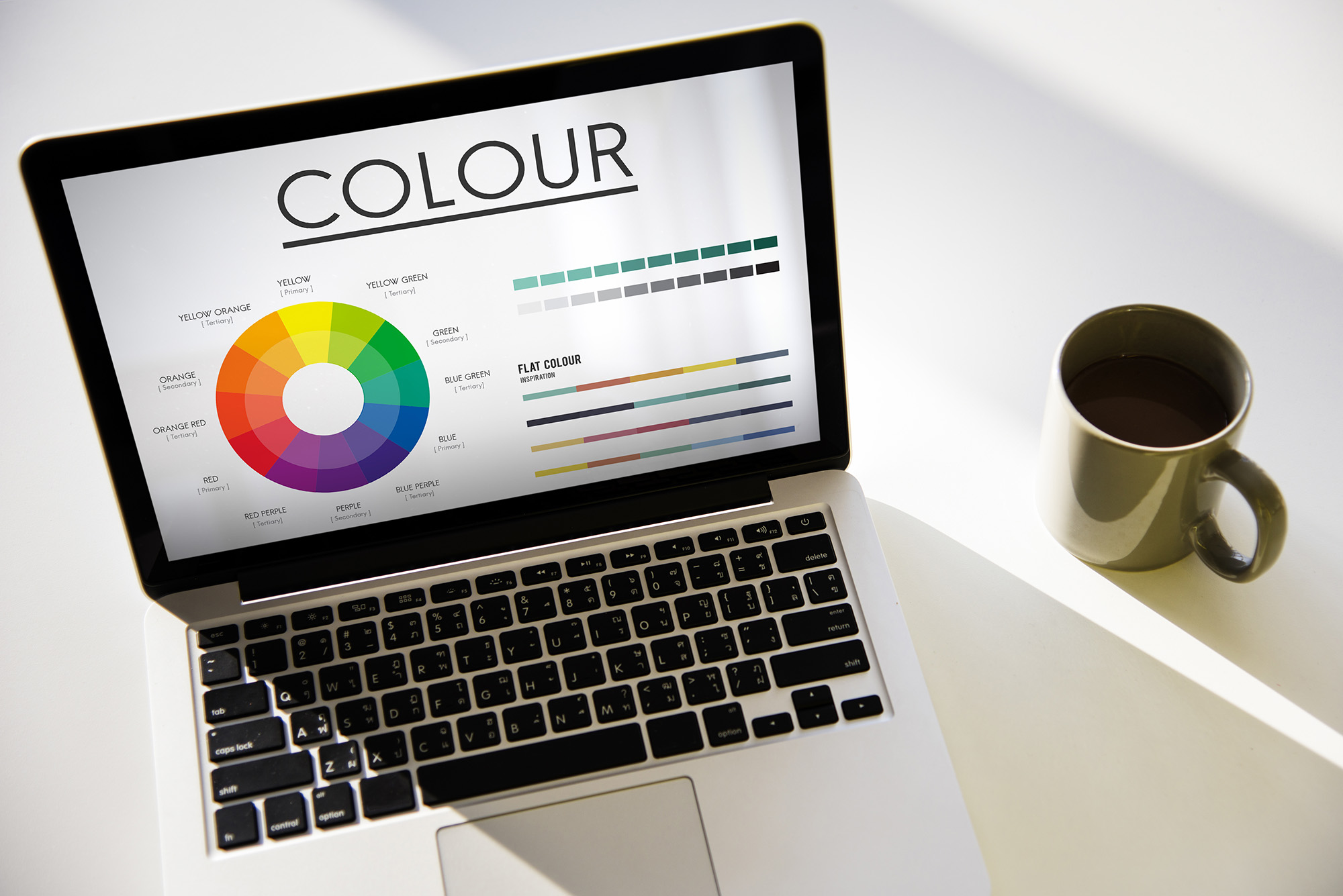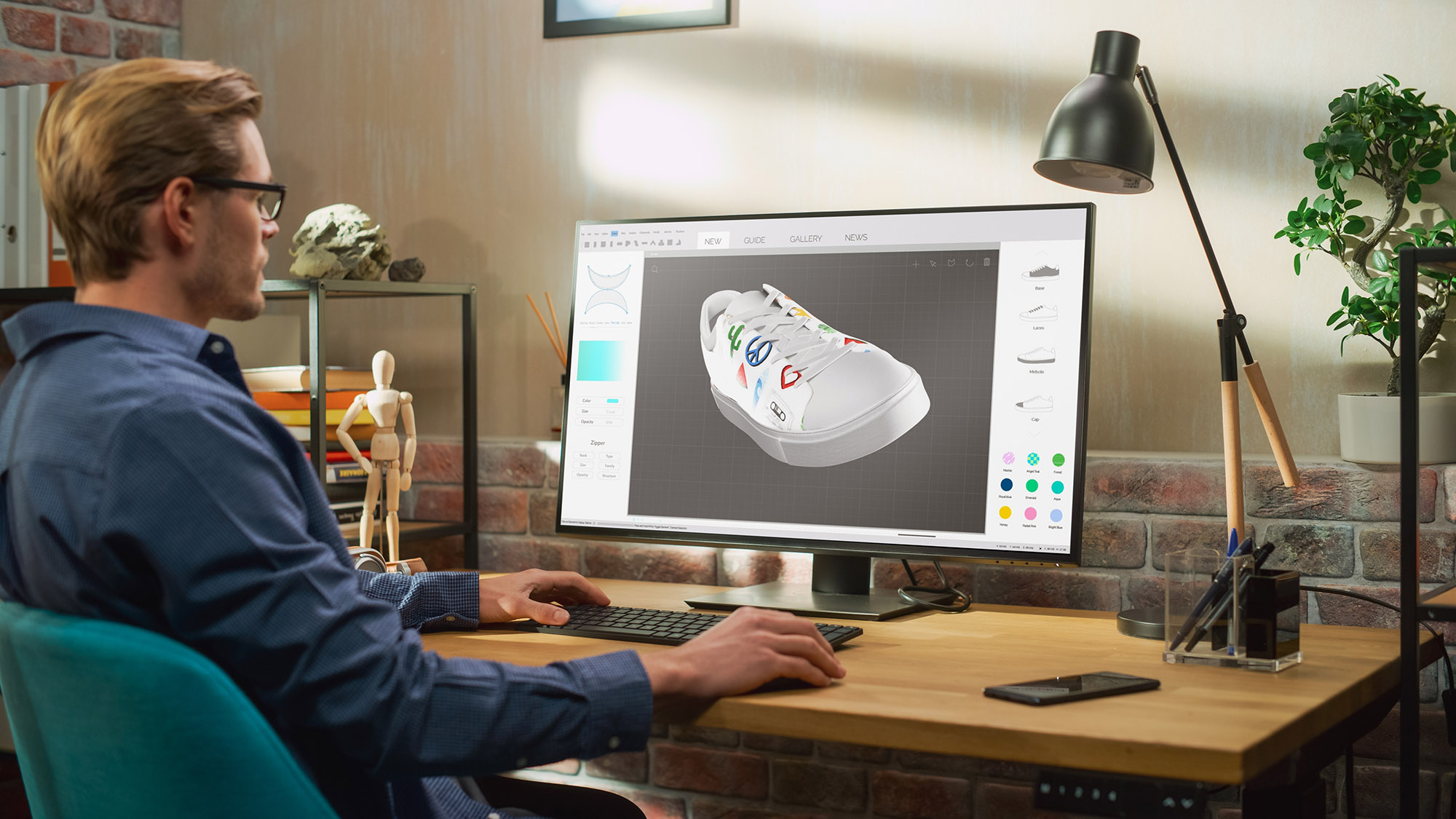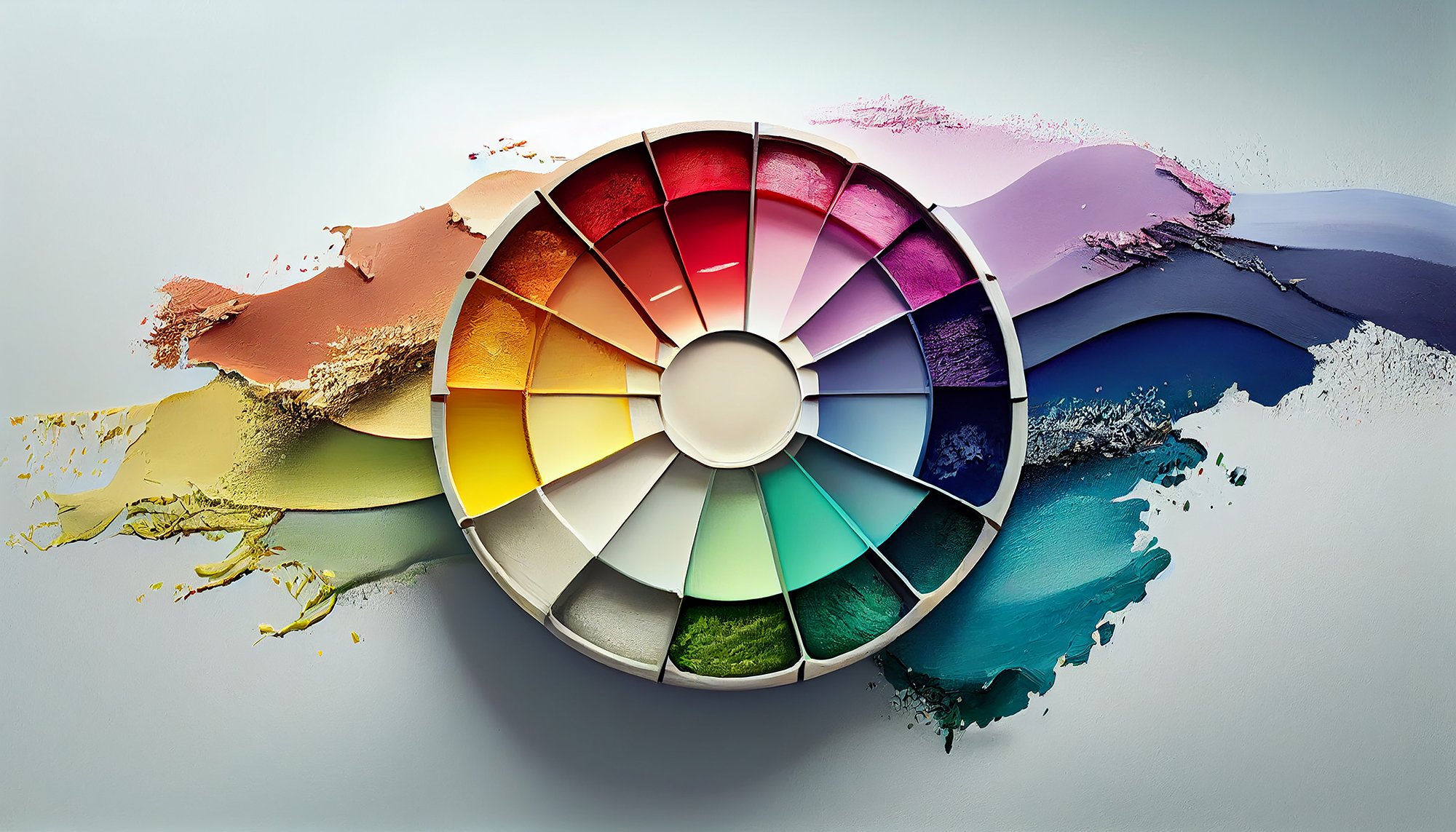
Introduction to the Colour Wheel
The colour wheel is a visual representation of colours arranged in a circle. It serves as a fundamental tool in understanding how different colours relate to each other. Sir Isaac Newton introduced the first circular colour diagram in 1666, and it has evolved into various forms, often featuring primary, secondary, and tertiary colours.
Types of Colours on the Colour Wheel
Primary Colours
Primary colours serve as the basis for creating all other colours. In the RGB colour model often used in digital design, the primary colours are red, green, and blue. In the RYB model, which is commonly taught in art and design education, the primary colours are red, yellow, and blue.
Secondary Colours
Secondary colours are formed by mixing two primary colours. In the RGB model, these are cyan (green + blue), magenta (red + blue), and yellow (red + green). In the RYB model, the secondary colours are orange (red + yellow), green (yellow + blue), and purple (blue + red).
Tertiary Colours
Tertiary colours result from mixing a primary and a secondary colour that are adjacent to each other on the colour wheel. Examples include red-orange and blue-green.
Complementary, Analogous, and Triadic Colours
Complementary Colours
Complementary colours are opposite each other on the colour wheel. When placed next to each other, these colours create strong contrast, making them useful for attracting attention but potentially overwhelming if overused.
Analogous Colours
Analogous colours sit next to each other on the colour wheel. They generally work well together, creating a sense of harmony and cohesion. These colours are often found in nature and are pleasing to the eye but can lack contrast if not used carefully.
Triadic Colors
Triadic colours are evenly spaced around the colour wheel. Using a triadic colour scheme offers a balanced and harmonious look but requires careful planning to ensure that one colour doesn’t dominate the others.
Hue, Saturation, and Value (HSV)
- Hue: The type of colour (e.g., red, blue, yellow).
- Saturation: The intensity or vividness of a colour.
- Value: The lightness or darkness of a colour.
Understanding these components can help you manipulate colours more effectively, allowing you to create a wide range of shades and tones.
Conclusion
The colour wheel and the principles derived from it provide a foundational understanding of how colours interact with one another. Understanding these basic elements will not only improve your ability to make purposeful colour choices but also allow you to more effectively communicate messages and emotions through your designs.







